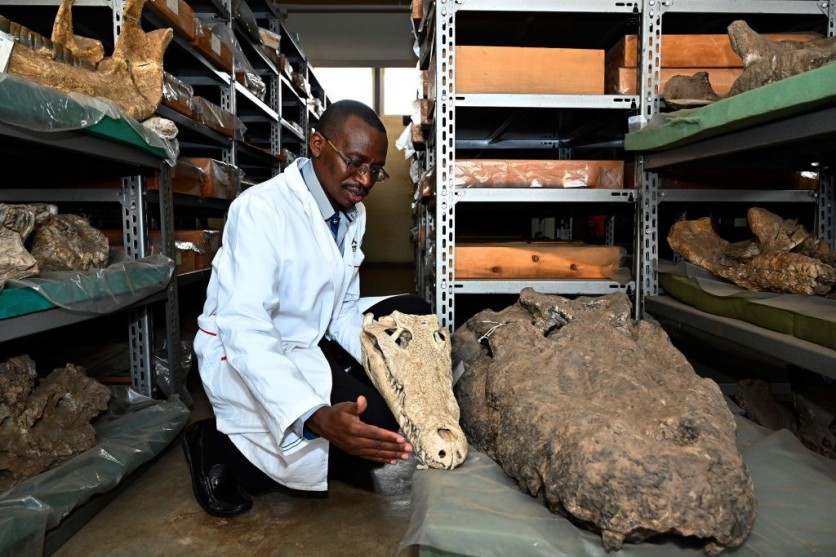Nine strange crocodile heads that had been hidden for thousands of years in an ancient Egyptian tomb have been unearthed by archaeologists, reported first by Art News.
A team from the University of Warsaw's Center for Mediterranean Archaeology uncovered the discovery while excavating the Theban Necropolis, an old cemetery in Upper Egypt.

Extremely Uncommon Discovery
The remnants of the crocodiles were concealed within two tombs that belonged to prominent individuals who lived in Egypt's New Kingdom, which lasted between the 16th century BCE to the 11th century BCE.
The crew led by Patryk Chudzik has been investigating two graves in the necropolis since 2013.
One of the tombs is from Cheti, a dignitary during the reign of Pharaoh Nebhepetra Mentuhotep II (2055 BCE-2002 BCE), and the other to an unnamed but highly-ranked servant of the royal court.
Nine enormous crocodile skulls, common to Egypt's freshwater ecosystems, were found covered in linen and devoid of any sort of preservation.
The enormous skulls belonged to Crocodylus niloticus, which is indigenous to freshwater areas in Africa.
According to Chudzik, this is an extremely uncommon discovery and the first of its sort in the history of Egyptian research.
He noted that several crocodile mummies have been discovered along the Nile, which has all been deposited in catacombs of sacred animals for the god Sobek.
The new finds are unique because only the heads and not the entire bodies were placed in the tombs. It is also important to note that they were mummified but only covered in line without the use of any preservatives.
Chudzik adds that these skulls were found not in the catacombs of sacred animals but in the graves of humans, which makes it altogether strange yet fascinating at the same time.
Read Also : Marine Archaeologists Find a 5,000-Year-Old Elizabethan Era Ship Along English Channel Coast
The God Sobek
Ancient Egyptians revered crocodiles as representatives of the God Sobek, who was linked to the Nile, fertility, and power.
Throughout all three of Pharaonic Egypt's eras, Sobek enjoyed a cult-like following but his notoriety peaked during the Middle Kingdom (2055 BCE-1650 BCE), as per Art News.
Before becoming a prominent deity and the protector of monarchs in the Middle Kingdom, Sebek may have been an ancient fertility god or connected to death and burial, according to Britannica.
He was united with the sun god Re to become Sebek-Re, the crocodile version of that God. Sebek was still revered during the Ptolemaic and Roman eras in the Fayyūm, at Kawm Umbū (Kom Ombo), and other places.
Amenemhat III, the pharaoh of the Twelfth Dynasty, ordered the construction of cultic monuments devoted to Sobek, and he is depicted prominently in reliefs found in the necropolis.
Chudzik said that additional investigation is necessary to solve the mystery shrouding the crocodile heads.
The researchers shared the full details of this unique find in the Journal of African Archaeology.

ⓒ 2025 TECHTIMES.com All rights reserved. Do not reproduce without permission.




